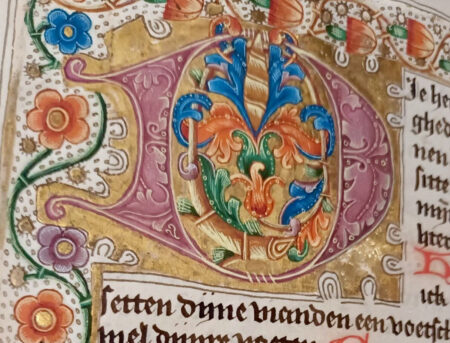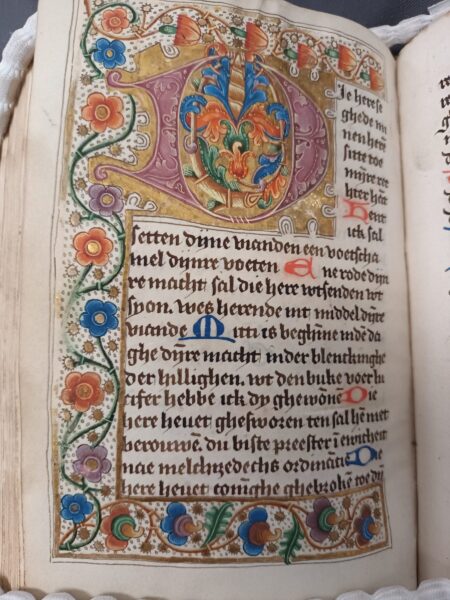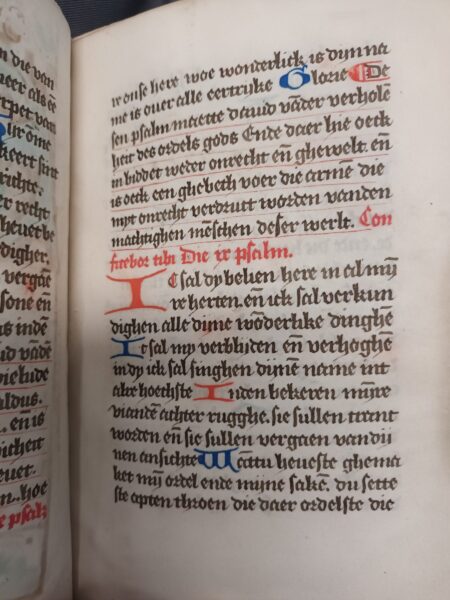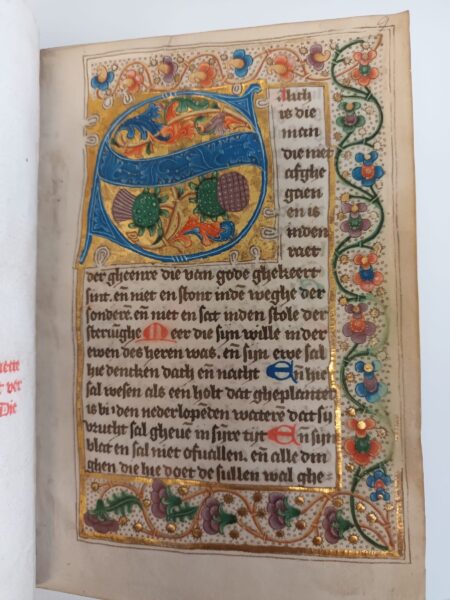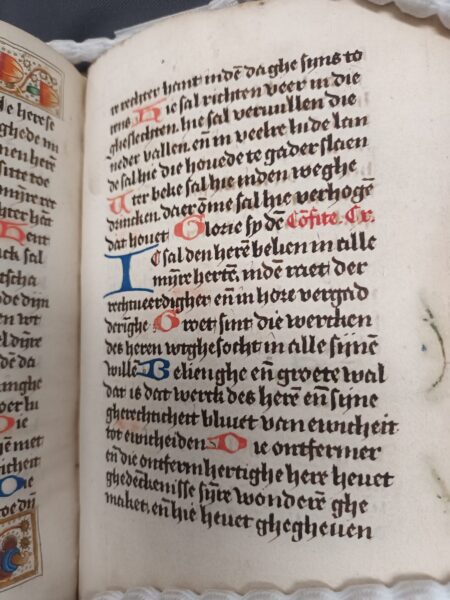The pale yellow facade of this restored 17th-century building at Oude Boteringestraat 57 hides an interesting history. Over the last few centuries, many well-known citizens of Groningen lived here. From 1679 onwards, it was inhabited by city councillors, and from 1814 by medical professors. One of them was Jacob Baart de la Faille (1795-1867). From 1826 onwards, this physician and professor at the University of Groningen was at the centre of the medical world in Groningen, contributing to numerous societal activities. He worked as a physician at the hospital for the poor of the city, at the Institute of the Deaf, and at the Red Orphanage. He is also known for his attempts to control the cholera and malaria epidemics that plagued Groningen. From 1832 until 1867 he was a professor of obstetrics and paediatrics at the University, and he taught clinical lessons, including to midwives in the city. During his work at the University, he continued to treat patients from all sections of the population. In addition to all this, he ran the University Museum, which at the time was called the Academisch Oudheidkundig Kabinet (Academic Antiquarian Collection).
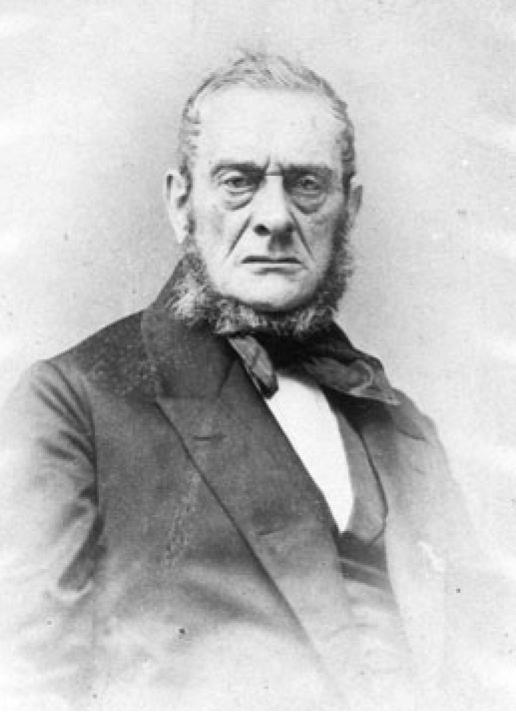
This Jacob Baart de la Faille was at one point the owner of this handwritten book, a psalter, or psalm book, from the Selwerd monastery. We know this, because he pasted his ex libris on the front pastedown. The University of Groningen Library bought the psalter in 1868 after his death, when his sizeable book collection was put up for auction. Baart de la Faille left no other traces in this psalter, but two men from another prominent family in the city of Groningen did. More about them a little later, now first about this book.
This psalter was transcribed in the monastery of Selwerd, which was located outside the city of Groningen from 1216 until its demolition in 1601. The monastery belonged to the Benedictine Order. From 1486 onwards, only nuns lived in the monastery, and they copied an impressive amount of manuscripts, including various books of tides. A book of tides is a book with prayers used by laymen. These prayers were read at set times (or tides) of the day. In addition to prayers, books of tides often also contain an ecclesiastical calendar with feast days and anniversaries. Many books of tides were written in Latin, but the sisters from Selwerd also copied texts in Middle Dutch. Our psalter, or psalm book, contains 150 psalms from the Old Testament, translated by Geert Groote and Johan Scutken. We know Groote as a theologian, as a reformer in the Catholic church, and as an advocate of preaching in the vernacular. Johan Scutken was an author and translator, and a lay brother in the monastery of Windesheim near Zwolle.
This psalter is decorated in a style that is characteristic of the Groningen region, for this style of decoration can be found in many books that were created in monasteries in this region. In addition to coloured capital letters (initials), this psalter contains two lavishly illustrated pages for Psalm 1 and Psalm 109. Around the initials S (Salich is die man)and D (Die Here is), we can see colourful blue, orange, and green flowers. The edges of the pages around the text frame are decorated with smaller, coloured flowers, little balls, and stems in gold and silver. This psalter is made of paper, but it contains three parchment leaves. We don’t know who copied or decorated this psalter.

So-called material evidence (i.e. traces of ownership or usage) regularly shows that psalters or books of tides were not only used in monasteries. This particular psalter was once owned by Evert de Mepsche Junior. We know this, because he made a note of this in the book: Evert de Mepsche der Jonger anno 93 (i.e. Evert de Mepsche the Younger anno 93). Evert must have bought the book or received it as a gift in 1593. We do not know who owned the psalter before Evert.
There are words in different handwriting right underneath: ad filium suum Gerardum D. Mepsche transtulit. Anno 1612 morte patris, which means: ‘passed on to his son Gerard de Mepsche. In the year 1612 by the death of (his) father’. Thanks to this handwritten addition, we know that, after Evert’s death in 1612, the psalter was owned by his son Gerard. We do not know whether it remained in the De Mepsche family after Gerard.
However, this psalter’s journey did not stop at Evert de Mepsche and his son, because under their names a small ex libris has been pasted in the book with the following text: J. Baart de la Faille, Med. Prof. Groningen. Jacob Baart de la Faille left no other traces of his ownership in the psalter, unlike Evert de Mepsche, who wrote several prayers at the back of the psalter. The University of Groningen Library bought the psalter in 1868 after Baart de la Faille’s death, when his sizeable book collection was put up for auction.
Author: Frida van Til
With thanks to Redmer Alma

